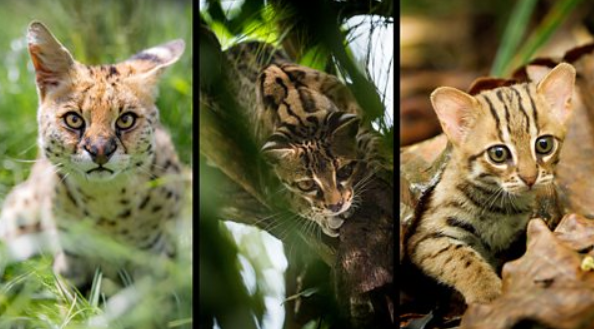‘Super Cats: A Nature Miniseries’ – Next Episode airs Wednesday, November 7 on PBS

Super Cats, A Nature Miniseries, concludes next Wednesday, November 7 at 8 p.m. ET on PBS (check local listings).
In the episode entitled “Science and Secrets,” learn how scientists are studying cats in greater detail than ever before. New approaches and technologies help uncover some of the cats’ most intimate secrets, including the cheetah’s remarkable gymnastic abilities and why lions are able to hunt so cooperatively. Conservationists are fighting to protect the most endangered species around the globe, such as the Iberian lynx, once considered the rarest cat on the planet.
So you ask how are these wildcats different from domestic cats?
Series producer Gavid Boyland says, “There are 40 species of wildcats, and of that 40, seven are what we refer to as the big cats. They’re the ones that are probably most familiar to people, the lions, tigers, leopards. But 33 of them are the small cats, and when we’re talking about small cats, serval is one of those, but they go down right to the rusty-spotted cat, which is the smallest of all, which is two thirds the size of domestic cats. So those are really the smaller ones. Their behavior tends to be quite similar to what we see in our domestic cat. Ones like the serval and caracal, bigger ones, their behavior varies quite a lot. A serval is a pounce specialist, so it uses those huge ears, biggest ears compared to body size of any cat, and it will use that to detect the slightest noise in the undergrowth, and then it can do the most amazing pounces. It can climb 1 meter and a half in the air, 3 meter and it land down on the prey, and in landing down, it stuns the prey and kills it in an instant, and then it will eat it.”
Check out a preview below:











